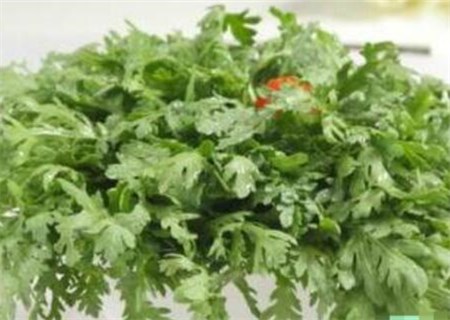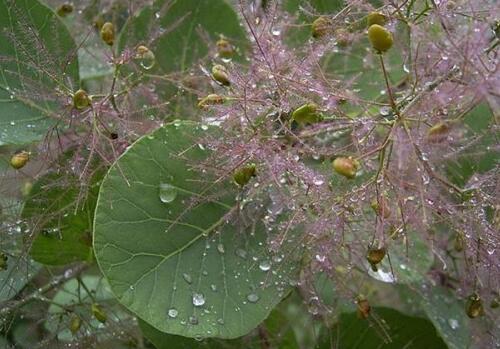What are the planting methods of Japanese red maple bonsai in the disease-free family? Will the leaves fall in winter?
Japanese red maple is a small tree or shrub of the genus Acer in the disease-free family. There are many varieties of horticulture, with a variety of leaf colors, tree shapes and leaf shapes, and are widely cultivated in many places in the world. So do you know the planting methods of Japanese red maple bonsai? Will the leaves fall in winter?

I. the planting method of Japanese red maple bonsai
1. Temperature:
The growing season can be maintained in a place where there is no direct sunlight, especially to prevent the western sun; when it is hot in summer, it is more necessary to avoid hot sun exposure, which can be placed in a shade shed or other plant shade, otherwise the leaves will scorch and peel off.
2. Watering:
Often watering to keep the basin soil moist and moist, but do not accumulate water, so as not to cause rotten roots. Air drying should sprinkle water on the plant and the surrounding background to increase the wetness of the air and make the leaf color smooth and moist.
3. Fertilization:
In the growing season, a rotten low-density liquid fertilizer or compound fertilizer is applied every 15 days, and fertilizer should be applied on high temperatures or rainy days in summer. The fertilizer solution should be mainly phosphorus and potassium fertilizer, supplemented by nitrogen fertilizer, if the phosphorus and potassium fertilizer is not enough, the leaves will not be red.
4. Picking leaves and pruning
The most beautiful moment of the red maple is when the new leaves are just growing. in order to increase the ornamental, you can pick the leaves once in June every year, apply fertilizer once a week before picking leaves, prune the plants after picking leaves, and strengthen water and fertilizer management. fresh and tender red leaves can grow in about 15 days. When the new leaves germinate, pay attention to strike the head and pick the heart, in order to promote the fine young branches, so that the leaves are small, many and dense, with high ornamental value.
5. Change the basin:
The basin is changed every two to three years before sprouting. The basin soil is required to be rich and loose, including vast humus. Two portions of humus and one portion of sandy soil can be mixed and used.
6. Light:
When the temperature is above 15 degrees, it is necessary to cover the sunshade net to reduce the intensity of the light. Reduce the evaporation of water, so that the branches of American red maple will not die because of lack of water. Every day from 9:30 to 16:30 in the afternoon, cover the sunshade net, open the sunshade net after 16:30, because the light is weak at this time. The light is weaker in cloudy and rainy weather, and the sunshade net should be opened so that the branches can have normal physiological activities and metabolism.
Will the leaves of Japanese red maple fall in winter
Japanese red maple is a small deciduous tree, which will lose its leaves in winter. The leaves will dry up and curl after falling leaves.
Japanese red maple is a small deciduous tree or shrub. Its crown is flat, round or umbrella-shaped, the leaves are palmate and 5-9 parted, simple leaves alternate, the leaf apex is sharp, the leaf margin is serrated, the leaf color is purple or red, ovate-lanceolate, the leaves of this variety are red in spring, summer and autumn, especially in spring and autumn; the seasonal leaf color is bright red, and the leaves turn brownish red in midsummer. Known as the "four Seasons Fire Maple". After the leaves fall out in winter, its peculiar ornamental branches still add a scene to the winter garden, and it is a famous foliage tree species.
Time: 2019-03-17 Click:
- Prev

How to control diseases and insect pests of Artemisia annua (also known as chrysanthemum cauliflower)? What are the efficacy and nutritional value? Who is not suitable?
The flower of Artemisia angustifolia is very similar to wild chrysanthemum, so it is also known as chrysanthemum. It has a long history and is widely distributed in China, so do you know how to control diseases and insect pests in the process of cultivation? What are the efficacy and nutritional value? Which people are not fit to eat? According to the records of traditional Chinese medicine, chrysanthemum chrysanthemum is edible for the general population.
- Next

How much is the price of Euphorbia angustifolia? In what season is the survival rate high? What are the planting methods? Basin
Phellodendron chinense generally refers to Phellodendron amurense, also known as Phellodendron chinense, Phellodendron chinense, Populus tomentosa, Molinluo, Populus tomentosa, Ebony, Tobacco, is a good afforestation tree species. How much is the price of the yellowtail tree? In what season is the survival rate high? What are the planting methods? How to trim and maintain bonsai? Learned from Jiujiang Seedling Base
Related
- Fuxing push coffee new agricultural production and marketing class: lack of small-scale processing plants
- Jujube rice field leisure farm deep ploughing Yilan for five years to create a space for organic food and play
- Nongyu Farm-A trial of organic papaya for brave women with advanced technology
- Four points for attention in the prevention and control of diseases and insect pests of edible fungi
- How to add nutrient solution to Edible Fungi
- Is there any good way to control edible fungus mites?
- Open Inoculation Technology of Edible Fungi
- Is there any clever way to use fertilizer for edible fungus in winter?
- What agents are used to kill the pathogens of edible fungi in the mushroom shed?
- Rapid drying of Edible Fungi

